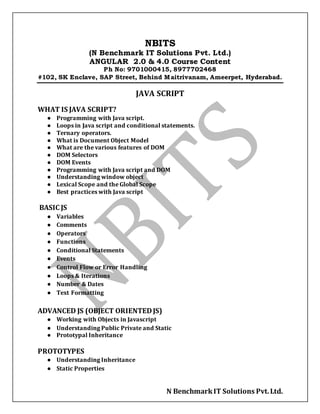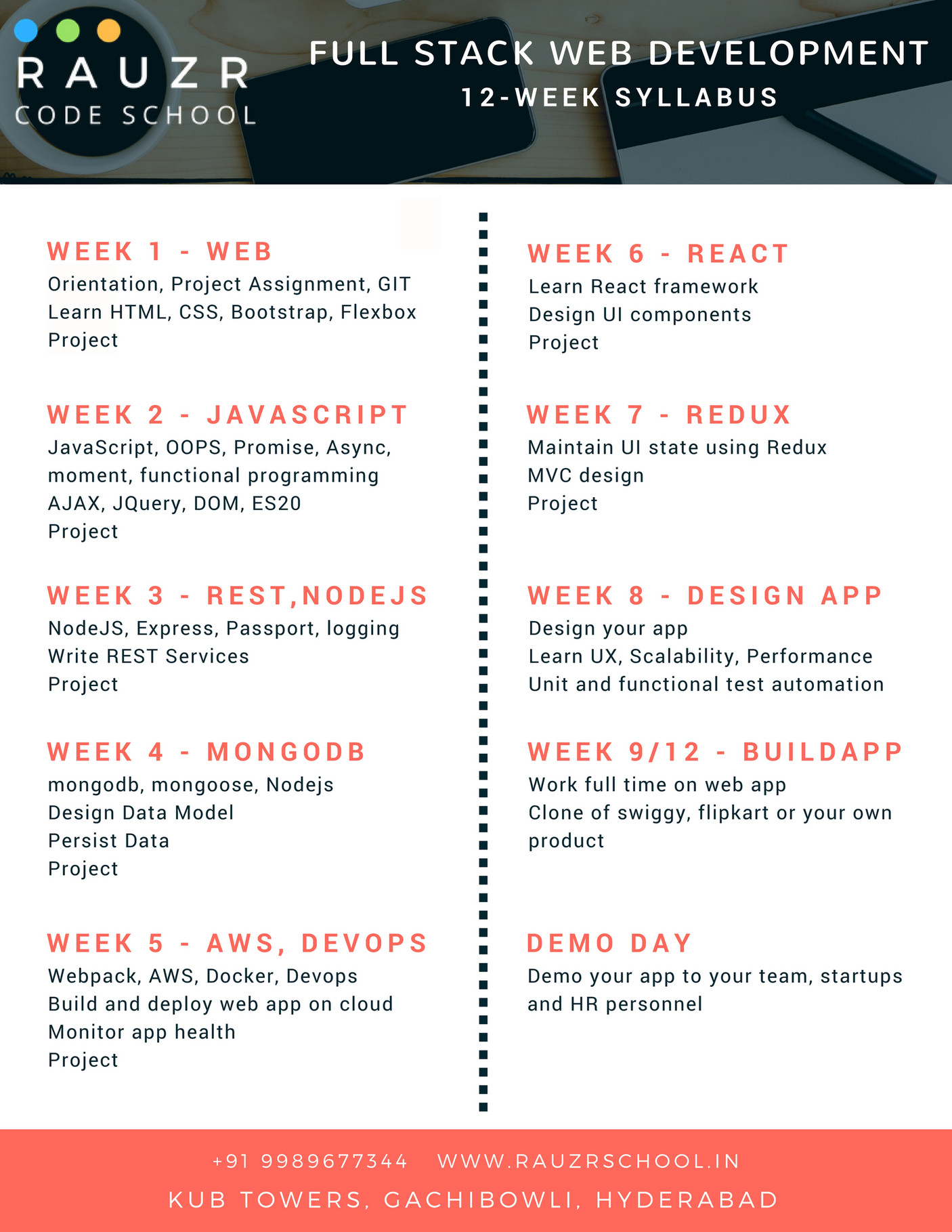
You can help the Starting Electronics website by making a donation:Īny donation is much appreciated and used to pay the running costs of this website. The above style makes the font italic and separates paragraph letters by 5 pixels in every paragraph that occurs inside an HTML div. In the above HTML with CSS listing, a CSS style is applied to every paragarph that occurrs in an HTML div element. When the CSS style has HTML tag names, id names or class names that are not separated by a comma, then the style is applied to the elements as they occur inside each other.

In the above HTML with CSS listing, the sizes of the h1 tag and paragraph are then specified separately. The following CSS style applies to both the h1 tag and the p tag and specifies the font family for both as well as the colour as cyan: When a CSS style has HTML tag names, id names or class names separated by a comma, then the specified style applies to each of the elements.

HTML elements can also be referred to more specifically, e.g. The same CSS style can be applied to more than one HTML element. The CSS style applied to the HTML elements with the class name red_big can be seen here using the dot to show that it is referring to a class: Mixing Access Methods The style applied to the HTML elements that have class names overrides the default style. Notice that the class style has been applied both to the HTML span tag as well as the HTML p (paragraph) tag. The above markup produces the following web page:
HTML CSS JAVASCRIPT TUTORIAL HYDERABAD HOW TO
The following example shows how to apply a CSS style to HTML elements that have class names. A class uses a dot (.) in front of the class name in the CSS style to show that it is referring to a class and not an ID or HTML element. Reference by ClassĪ class works the same way as an ID, except that it may be used more than once on a web page. The other paragraphs that do not have an ID are then formatted with the default paragraph style. This style is then applied to the HTML element with that ID:īecause it is an ID, it may not be used again on the web page – other IDs may be used, but each must have a unique name.Īlso notice that the ID overrides the p default style that applies to all paragraphs.
HTML CSS JAVASCRIPT TUTORIAL HYDERABAD CODE
The above markup code produces the following text on the web page when loaded in a browser:Īs can be seen in the above markup, when an HTML element is referred to by its ID, the # character is used before its name in the CSS style: This example code shows the use of an ID: Using an ID also allows JavaScript to access the element using the unique ID. An ID would normally be used for something like a menu that occurs only once per page. The name of the ID is chosen by the person writing the HTML and CSS. Reference by IDĪn ID of a specific name can only be used once on a web page. It is possible to override these default styles by giving an HTML element an ID or class name. This method is used to set the default style for HTML elements on a page. Styles can be applied to other HTML elements in the same way by referring to their HTML tag names, e.g. This is done by referring to the paragraph by its HTML element name, p: In the above HTML with CSS, the CSS part is applied to every paragraph in the web page. Welcome to the Arduino web page with CSS styling.

This method was already demonstrated in part 12 of this tutorial and was used in part 16 (the previous part). We will now look at an example of each of the above methods. p to refer to the paragraph HTML tag – Ī combination of the above methods can also be used to access an HTML element.

Each of the examples below can be copied from this page and saved as an HTML file (e.g.


 0 kommentar(er)
0 kommentar(er)
